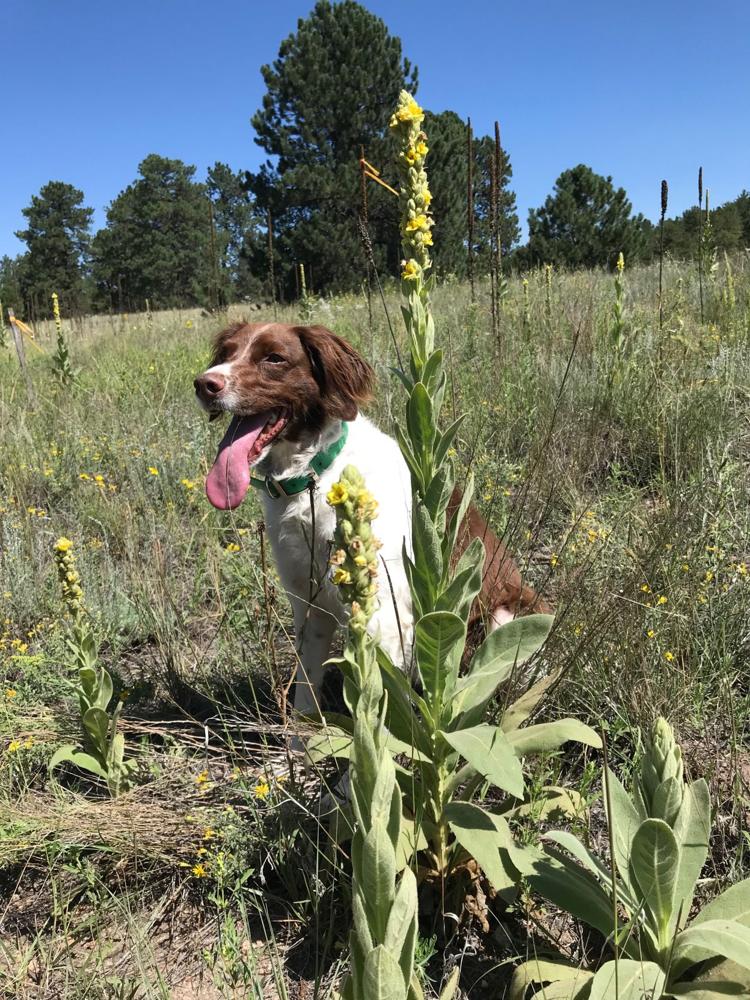I’ve battled noxious weeds on our Black Forest property since 2015, specifically Canada thistle (Cirsium arvense), Diffuse knapweed (Centaurea diffusa) and Common mullein (Verbascum thapsus). I haven’t won this war, but no large patches of these weeds remain on our land.
A noxious weed is an alien (non-native) plant, which damages agricultural and natural ecosystems. The plant must have been designated by a governmental agency to be deemed a noxious species. State law requires landowners to control designated species. Acceptable controls range from simply preventing spread to mandatory eradication, depending on the weed. El Paso County has an excellent pamphlet — Noxious Weeds and Control Methods — available at communityservices.elpasoco.com/wp-content/uploads/Environmental-Division-Picture/Noxious-Weeds/Noxious-Weed-Control-Book.pdf.
Weeds spread readily via seed dispersal, as they produce thousands of seeds per plant in a season. One Common mullein can generate 200,000 seeds. And they’re viable for decades. They germinate when the soil is a certain temperature and has enough oxygen and water, generally in disturbed soil.
I only pull and dig out weeds on our property. They pop back up from May through October, so I prowl for weeds almost daily. The Canada thistle is especially stubborn. It reproduces from seeds and from the buds in its roots. I repeatedly dig out thistle in the same area. Once repeatedly dug during a growing season, though, it doesn’t usually reappear in the same area the next year.
All noxious weeds can be controlled with herbicides. An integrated strategy of prevention, cultural practices, biological, mechanical and chemical controls might be needed for heavy, persistent infestations. Consult the Colorado Department of Agriculture for chemical recommendations.
An interesting approach with less exertion is using biologicals — insects, diseases and grazing animals. They’ll limit spread but won’t eradicate weeds.
Although not a noxious weed, Russian thistles (Salsola tragus L.) have been plentiful this year. The plant, also called tumbleweed, dries in autumn, breaks off at the root and spreads seeds as it tumbles in the wind. During the windy winter of 2017-18, I collected many bags of tumbleweeds. I looked for seeds, but alas, they already had dropped. This underscored for me the importance of ensuring that weeds don’t go to seed. If I want even limited success at weed control, preventing seed production is a vital first step.
My battle plan of pulling up and digging out has other benefits, too. I walk many steps a day, get lots of fresh air and have an opportunity to chat with neighbors.
When you have questions, Colorado State University Extension has research-based answers. Get answers to your horticulture questions by visiting ask.extension.org.

